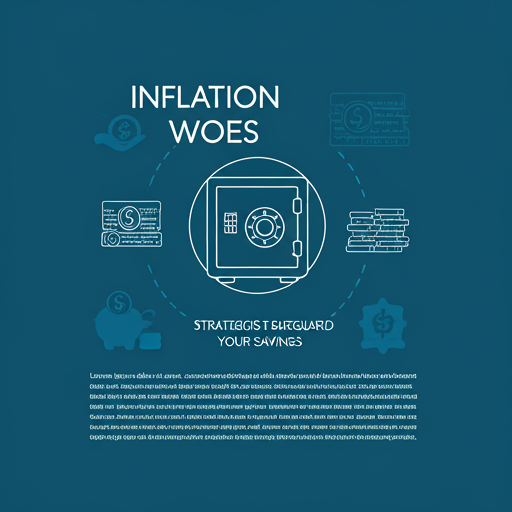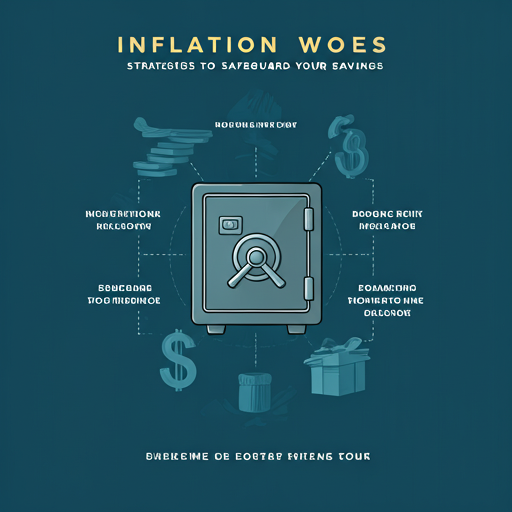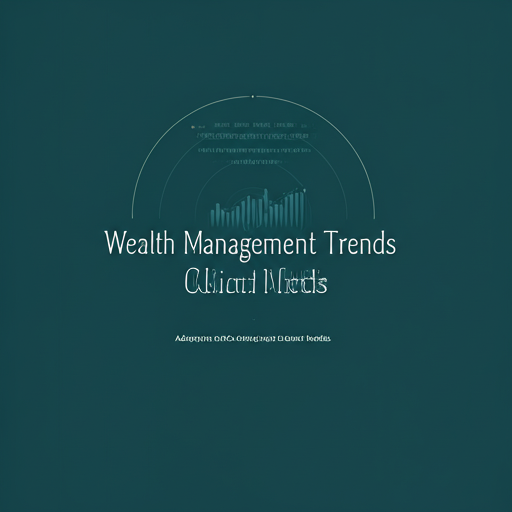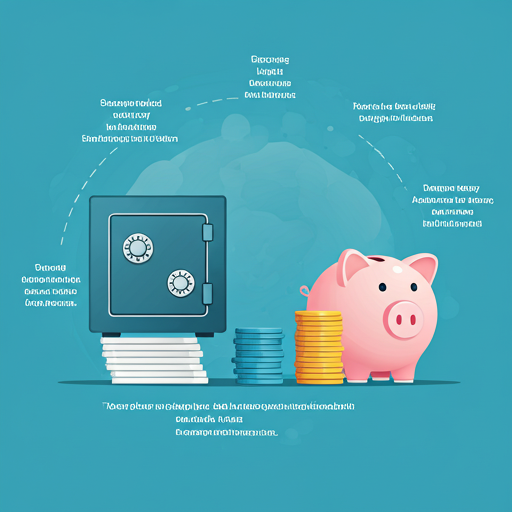Introduction to Cybersecurity in Finance
Importance of Cybersecurity in the Digital Age
In today’s digital landscape, cybersecurity is crucial for protecting financial assets. Cyber threats can lead to significant financial losses . Individuals and institutions must prioritize security measures.
Key aspects include:
Investing in cybersecurity is not optional. It is a necessity. The stakes are high.
Overview of Digital Assets
Digital assets encompass various forms of value stored electronically. These include cryptocurrencies, tokens, and digital securities. Each type has unique characteristics and risks.
For instance:
Understanding these distinctions is vital. Knowledge is power. Investors must assess their risk tolerance.
Current Trends in Cyber Threats
Current trends in cyber threats reveal a growing sophistication in attacks targeting financial institutions. He must recognize that ransomware attacks have surged, often crippling operations and demanding hefty ransoms. These incidents can lead to significant financial losses.
Moreover, phishing schemes have evolved, utilizing social engineering tactics to deceive employees. He should be aware that these attacks exploit human vulnerabilities.
Additionally, supply chain attacks are on the rise, compromising third-party vendors to infiltrate larger organizations. This method is particularly insidious. Understanding these trends is essential for effective risk management.
Common Cyber Threats to Digital Assets
Phishing Attacks
Phishing attacks represent a significant threat to digital assets. He should understand that these attacks often involve deceptive emails or messages designed to trick individuals into revealing sensitive information. The consequences can be severe, leading to unauthorized access and financial loss.
Moreover, attackers frequently use urgency to manipulate victims. This tactic exploits emotional responses.
He must remain vigilant against signs of phishing, such as suspicious links or unexpected requests for personal data. Awareness is crucial. Recognizing these threats can prevent costly mistakes.
Malware and Ransomware
Malware and ransomware pose serious threats to digital assets. He should be aware that malware can infiltrate systems, causing damage or stealing sensitive information. This can lead to significant financial repercussions.
Ransomware, a specific type of malware, encrypts files and demands payment for their release. The impact can be devastating for individuals and organizations alike.
He must implement robust security measures to mitigate these risks. Regular backups are essential. Staying informed about the latest threats is crucial fog protection.
Exchange Hacks and Breaches
Exchange hacks and breaches are critical concerns in the cryptocurrency landscape. He should recognize that these incidents often result in substantial financial losses for users. Security vulnerabilities in exchanges can be exploited by malicious actors.
For instance, inadequate security protocols may lead to unauthorized access. This can compromise user funds and personal information.
He must prioritize using exchanges with robust security measures. Researching an exchange’s history is essential. Understanding these risks can help safeguard digital assets effectively.
Best Practices for Securing Digital Assets
Using Strong Passwords and Two-Factor Authentication
Using strong passwords and two-factor authentication is essential for securing digital assets. He should create complex passwords that combine letters, numbers, and symbols. This practice significantly reduces the risk of unauthorized access.
Additionally, enabling two-factor authentication adds an extra layer of security. It requires a second form of verification, such as a text message or authentication app. This makes it harder for attackers to gain access.
He must regularly update passwords to maintain security. Frequent changes are advisable. Awareness of these practices is crucial for protecting sensitive information.
Cold Storage vs. Hot Wallets
Cold storage and hot wallets serve different purposes in managing digital assets. Cold storage, being offline, offers enhanced security against cyber threats. This method is ideal for long-term holdings.
In contrast, hot wallets provide convenience for frequent transactions. However, they are more vulnerable to hacks. He should assess his needs carefully. Balancing security and accessibility is crucial.
Regular Software Updates and Security Patches
Regular software updates and security patches are essential for protecting digital assets. These updates often contain critical fixes that address vulnerabilities. By applying them promptly, users can significantly reduce the risk of cyber threats. Staying informed about the latest updates is crucial. Knowledge is power in the digital age. Additionally, implementing strong passwords and two-factor authentication enhances security. Simple measures can make a big difference. Regularly backing up data is also vital. It ensures recovery in case of a breach. Protecting your digital assets is a responsibility. Don’t wait until it’s too late.
Regulatory Framework and Compliance
Understanding Cryptocurrency Regulations
Cryptocurrency regulations are evolving rapidly across the globe. Governments are establishing frameworks to ensure compliance and protect consumers. Understanding these regulations is crucial for investors and businesses alike. Knowledge empowers informed decisions. Compliance with local laws can prevent legal issues. It’s essential to stay updated on changes. Regulations can vary significantly by jurisdiction. This complexity can be daunting. Seek professional advice when needed. It’s better to be safe than sorry.
Compliance Standards for Financial Institutions
Financial institutions must adhere to strict compliance standards. These standards are designed to mitigate risks and protect stakeholders. He must understand the regulatory framework that governs his operations. Knowledge is essential for effective compliance. Institutions face scrutiny from various regulatory bodies. This oversight ensures accountability and transparency. He should regularly review and update compliance policies. Staying proactive is crucial in this environment. Non-compliance can lead to severe penalties. Awareness of regulations is a key responsibility.
Impact of Regulations on Cybersecurity Practices
Regulations significantly influence cybersecurity practices within organizations. Compliance requirements often dictate the implementation of specific security measures. He must prioritize risk assessments and vulnerability management. These practices help identify potential threats. Regular audits are also essential for maintaining compliance. They ensure adherence to established standards. Additionally, training employees on security protocols is crucial. Awareness reduces the likelihood of human error. Organizations may adopt frameworks such as NIST or ISO 27001. These frameworks provide structured approaches to cybersecurity. Effective compliance enhances overall security posture. It is a necessary investment for long-term protection.
Emerging Technologies in Cybersecurity
Blockchain Technology for Enhanced Security
Blockchain technology offers significant enhancements in cybersecurity. Its decentralized nature ensures data integrity and transparency. He must recognize that each transaction is securely recorded. This immutability reduces the risk of fraud. Additionally, smart contracts automate processes and enforce compliance. They minimize human intervention, which can lead to errors. The use of cryptographic techniques further secures sensitive information. This approach protects against unauthorized access. Organizations can purchase blockchain for secure identity management. It streamlines verification processes and enhances trust. Adopting this technology is a strategic advantage.
Artificial Intelligence in Threat Detection
Artificial intelligence plays a crucial role in threat detection. It analyzes vast amounts of data in real time. This capability allows for the identification of anomalies. He must understand that machine learning algorithms enhance predictive accuracy. They adapt to evolving threats effectively. Additionally, AI can automate incident response processes. This reduces the time to mitigate risks. Organizations can implement AI-driven tools for continuous monitoring. These tools provide insights into potential vulnerabilities. The integration of AI improves overall security posture. It is a necessary evolution in cybersecurity.
Decentralized Finance (DeFi) and Security Innovations
Decentralized finance (DeFi) introduces innovative security measures. Smart contracts automate transactions, reducing human error. He must recognize that these contracts are transparent and verifiable. This transparency builds trust among users. Additionally, DeFi platforms often utilize multi-signature wallets. These wallets require multiple approvals for transactions. This adds an extra layer of security. Furthermore, decentralized identity solutions enhance user protection. They minimize the risk of identity theft. The integration of blockchain technology ensures data integrity. It is a fundamental aspect of DeFi security.
Future of Cybersecurity in Finance
Predicted Trends and Challenges
Predicted trends in cybersecurity for finance include increased automation. Advanced technologies will streamline threat detection processes. He must be aware that AI will play a significant role. This technology enhances predictive capabilities and response times. Additionally, regulatory compliance will become more stringent. Organizations will need to adapt quickly. Cybersecurity skills shortages will pose ongoing challenges. Investing in training is essential. Furthermore, the rise of quantum cojputing may disrupt current encryption methods. This potential shift requires proactive strategies. Staying informed is crucial for financial security.
Role of Education and Awareness
Education and awareness are vital in cybersecurity. They empower individuals to recognize potential threats. He must understand that informed employees can prevent breaches. Regular training sessions enhance knowledge of security protocols. This proactive approach reduces vulnerabilities within organizations. Additionally, awareness campaigns can foster a culture of security. Employees should feel responsible for protecting sensitive information. Engaging materials can make learning effective. Simple concepts can lead to significant improvements. Investing in education is a strategic necessity.
Building a Resilient Financial Ecosystem
Building a resilient financial ecosystem requires robust cybersecurity measures. He must prioritize risk management and compliance strategies. Effective frameworks can mitigate potential threats and vulnerabilities. Regular assessments are essential for identifying weaknesses. He should implement multi-layered security protocols to enhance protection. This approach reduces the likelihood of breaches. Collaboration among financial institutions fosters information sharing. It strengthens collective defenses against cyber threats. Additionally, investing in advanced technologies is crucial. These innovations can improve threat detection and response. A proactive stance is necessary for long-term security.









